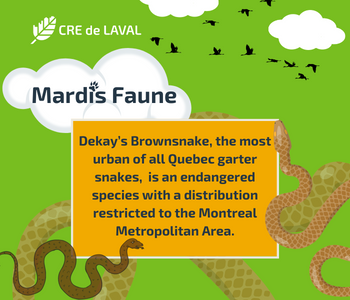
Dekay’s Brownsnake, an indigenous endangered species, is exclusively found in the Greater Montreal area. Maybe you were lucky enough to observe one in Laval? With a length of about 25-35 centimeters, the Dekay’s Brownsnake is identifiable not only by its color, but also by its back displaying two parallel rows of dark spots and its pink or pale yellow stomach (Quebec government).
Distribution map of the Dekay’s Brownsnake in Quebec. © Ministry of the Environment, the Fight Against Climate Change, Wildlife and Parks
The Dekay’s Brownsnake is particularly fond of grasslands, clearings and any empty field that offers interesting shelters. Unfortunately, this means that this endangered species is threatened by the destruction and degradation of its habitat as a result of development projects. Moreover, high numbers of Dekay’s Brownsnakes are killed by cars (CRE Montérégie)
Considering the rare sightings of this species, very little is known of the Dekay’s Brownsnake.
How can I help garter snakes?
You can adapt your garden to welcome garter snakes and offer them a space that will fit their needs. They will repay you by eating slugs, worms and other unwanted creatures feeding on your vegetables and flowers. Simply add a few hiding places such as piles of small branches, flat rocks, mulch, a wooden plank or a piece of shingle. A small water recipient – cleaned often – will provide them hydration.
Moreover, seeing garter snakes in your garden is good news; since they are sensitive to pollution, the fact that they visit your home probably means that your garden is doing quite well (Jardinier paresseux).
We are aware that garter snakes are unloved by many people. Just know that they are more scared of us than we are of them, and that they are harmless; no garter snake in Quebec is poisonous. However, if the presence of a garter snake is genuinely bothering you, make a little bit of noise and it will go and hide promptly.
Relevant resources
Project report by CRE Montérégie



